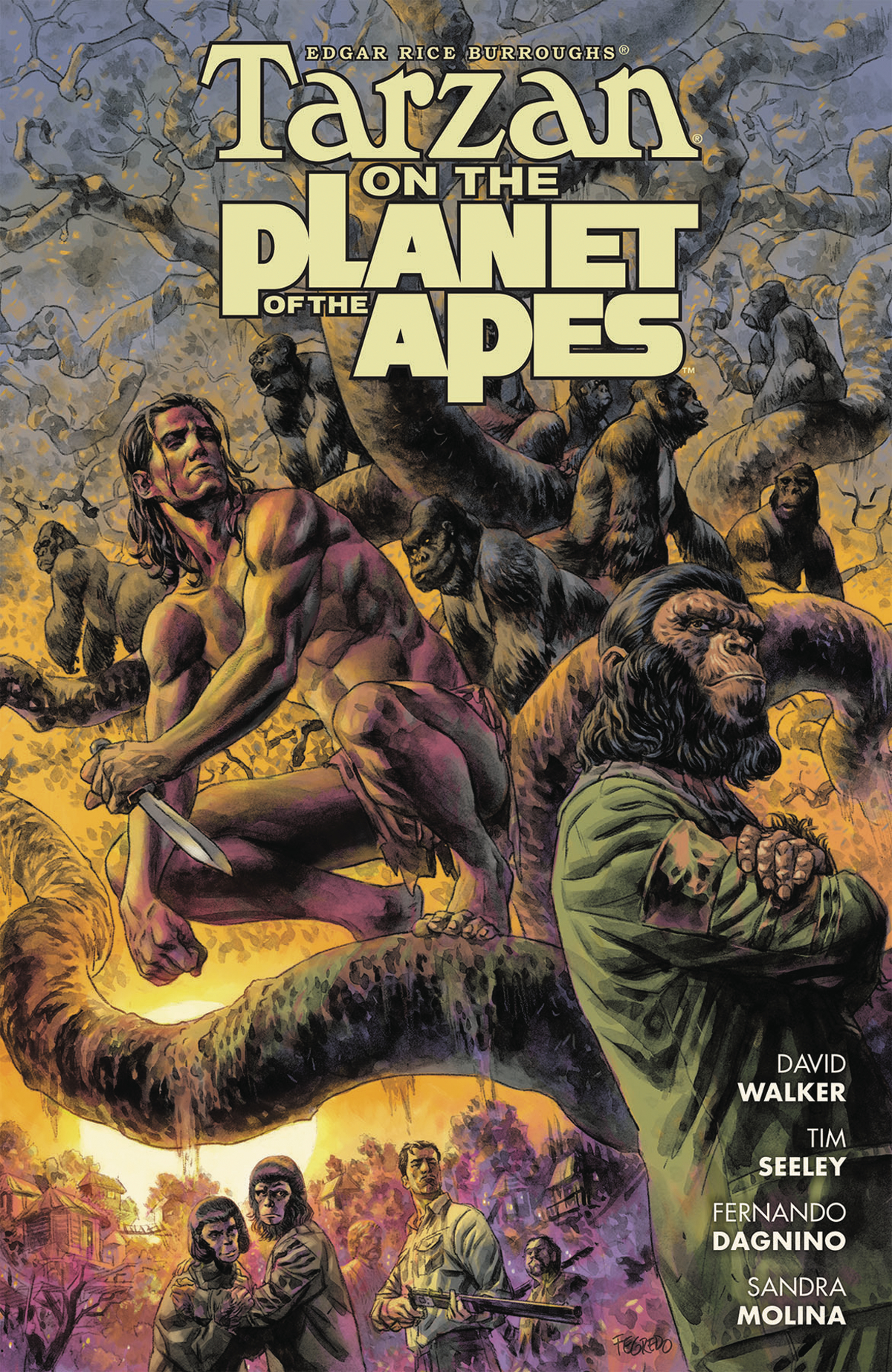
REVIEW: TARZAN ON THE PLANET OF THE APES TPB
“Beware the beast man for he is the devil“s pawn.”
 Those familiar with Planet of the Apes may recognize this as the sixth verse of the twenty-ninth scroll: A warning to apekind of the evils man is capable of.  This particular verse is central to the belief system of an entire ape-run civilization depicted in the original film based on Pierre Boulle“s 1964 novel: A small group of space travelers intent on colonizing a new planet are transported through time, thousands of years into a post-apocalyptic future where humans are all but extinct and what is left of the Earth is dominated  by various factions of gorillas, orangutans and chimpanzees.
Those familiar with Planet of the Apes may recognize this as the sixth verse of the twenty-ninth scroll: A warning to apekind of the evils man is capable of.  This particular verse is central to the belief system of an entire ape-run civilization depicted in the original film based on Pierre Boulle“s 1964 novel: A small group of space travelers intent on colonizing a new planet are transported through time, thousands of years into a post-apocalyptic future where humans are all but extinct and what is left of the Earth is dominated  by various factions of gorillas, orangutans and chimpanzees.
Tarzan of the Apes was written in 1912 by Edgar Rice Burroughs.  Set in the early 1900’s, Burroughs“ story details the life of John Clayton, who was orphaned as a baby and raised by gorillas in the African jungle.
Aside from featuring apes, the two stories have absolutely no common ground.  So how do you tie them together in a story that makes any sort of legitimate sense? Surprisingly, they fit quite well. This does, however, require a little exposition.
Tarzan On the Planet of the Apes takes place in an alternate timeline after the events of Beneath the Planet of the Apes (the second installment of the POTA franchise). In Beneath, a mission is mounted to find and rescue Taylor, the only remaining human astronaut from the first film. The would-be rescue goes awry when the ship, following the same path as the first, passes through the same time warp. Arriving on the future post-apocalyptic Earth, astronaut Brent meets the chimpanzees Cornelius and Zira, both friends of Taylor.
Cornelius, Zira, and Brent travel across the wasteland known as The Forbidden Zone, pursued by the devout Dr. Zaius and an army of gorillas led by General Ursus. Here we discover a race of  mutant, telepathic, bomb-worshiping humans in possession of a doomsday device, which detonates and destroys the Earth.
This is where our story starts.
Cornelius, Zira and fellow chimpanzee Dr. Milo retrieve and repair Tyler“s spaceship and escape. They watch as the rim of the Earth melts just before they enter the time warp. Exiting the other side, they find themselves not in Taylor“s modern day civilization, but in late 1800s Africa. Now leading a tribe of ordinary gorillas called Mangani, Cornelius and Zira find the orphaned baby John Clayton. Naming him Tarzan, they raise him alongside their own son, Milo, named after the now deceased Dr. Milo.
In 1901, men travel from England to Africa for the purpose of hunting gorillas. Discovering the apes are capable of speech (a result of being led by intelligent, talking apes from the future), they enslave many gorillas. Cornelius, attempting to free their tribe, is killed by gunfire.  Tarzan is captured and brought back to England, having now been identified as the Lord of Greystoke by his captor, who also happens to be Tarzan“s cousin, William.
As the years go by, the subjugation of gorillas continues. Tarzan voices his objections to William. This is pointless as William insists it is the God-given right of man to seek out new worlds to conquer and rule over lesser beasts. To prove his point, William shows Tarzan a newspaper headline about explorers journeying to the center of the planet, a reference to At the Earth“s Core, written by Burroughs in 1914. Though carrying the title of Lord Greystoke, Tarzan is just as much a prisoner as the manor“s butler, an enslaved ape named Happy.
Tarzan on the Planet of the Apes: Volume 1 collects the first five issues of series. Writers David Walker and Tim Seeley have really done a spectacular job of connecting the seemingly unconnectable. Personally, any hesitation I felt about this particular mash-up was erased within the first few pages as I found myself smacking my own head and mumbling, “Of course”¦ How did I not see THAT?”“
Fernando Dagnino“s art is spot-on. There have been many, MANY variations of POTA over the decades, and it’s not uncommon for artists to side with a “one ape fits all”“ approach. Dagnino, however, has taken great care to make each individual (whether human, ape or sagoth) stand out. As a comic fan I’m certainly impressed by the attention to detail and the skill involved in the creation of a work of art but, as a POTA fan, my enjoyment was boosted by being able to identify one chimp from another. I really could have been happy with this title had it been released in black & white, but the color”¦Â Oh, the color! From day to-night, city to jungle, Sandra Molina works with a warmth and depth that captures the appropriate tone and mood from scene to scene.
While I was prepared to find some fault, Tarzan on the Planet of the Apes is, frankly, brilliance.
[yasr_overall_rating size=”large”]
Writer: Seeley, Tim
Artist: Dagnino, Fernando
Cover Artist: Fegredo, Duncan
Collected issues: #1-5
Dark Horse Books w/ BOOM! Studios
Author Profile
Latest entries
 ReviewsJuly 24, 2017REVIEW: G.I. JOE Volume. 1
ReviewsJuly 24, 2017REVIEW: G.I. JOE Volume. 1 ReviewsJune 16, 2017REVIEW: Thanos #8
ReviewsJune 16, 2017REVIEW: Thanos #8 ReviewsMay 29, 2017Review: GHOSTBUSTERS 101 #3
ReviewsMay 29, 2017Review: GHOSTBUSTERS 101 #3 ReviewsMay 23, 2017REVIEW: TORCHWOOD STATION ZERO #4
ReviewsMay 23, 2017REVIEW: TORCHWOOD STATION ZERO #4

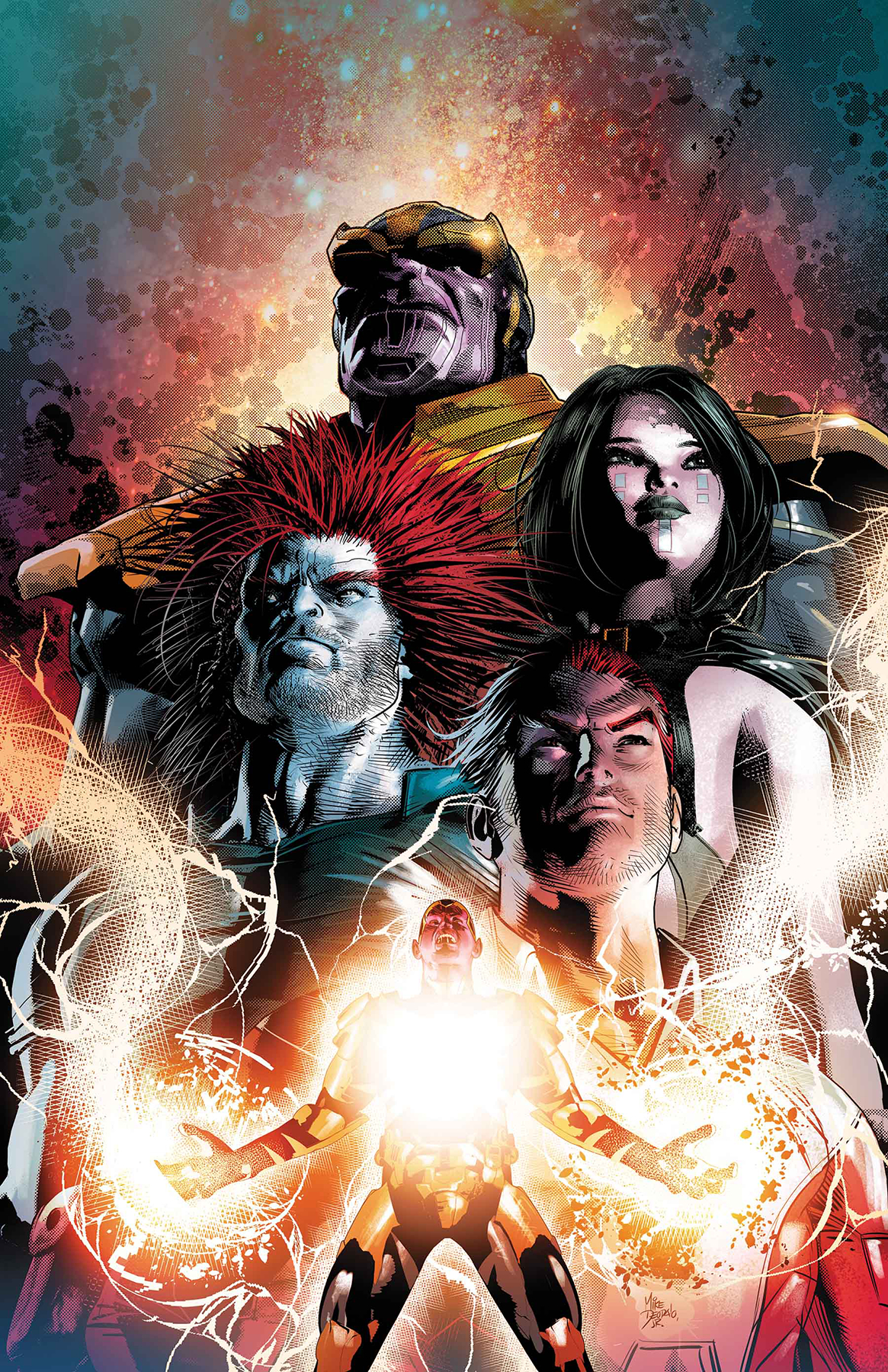
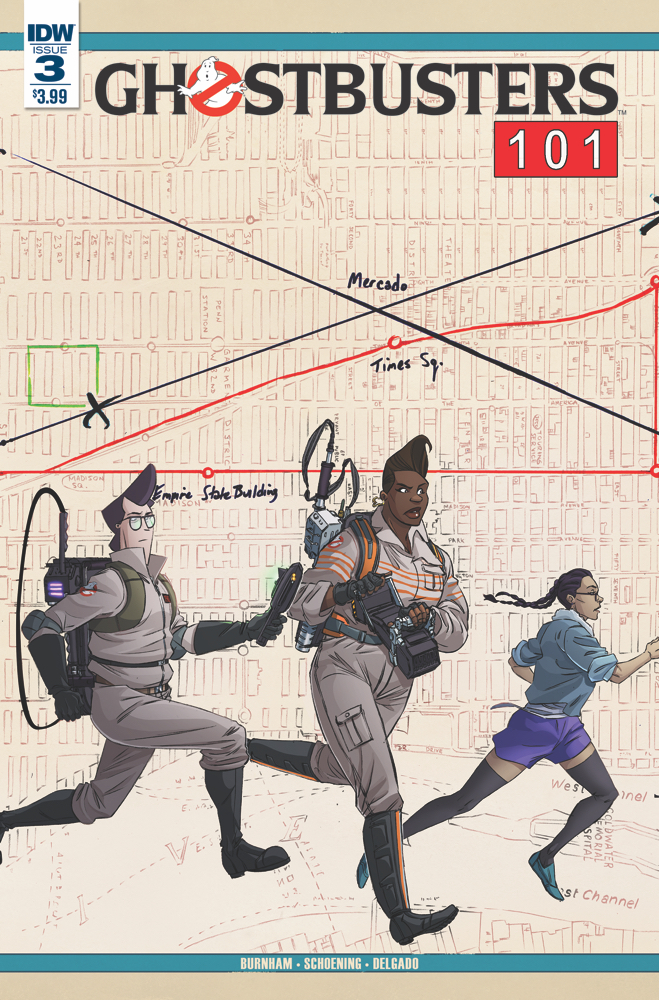



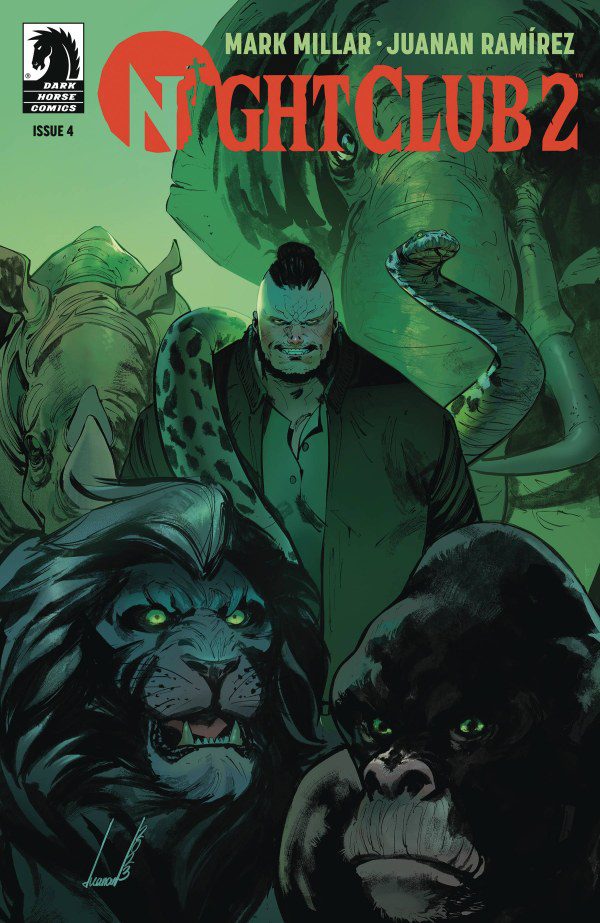


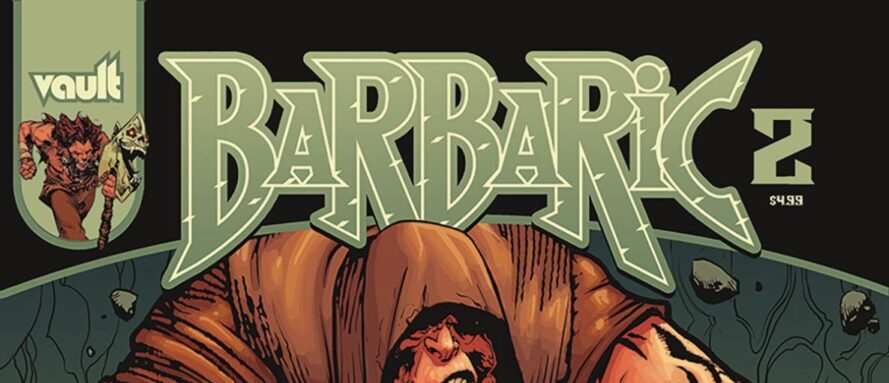
You must be logged in to post a comment.